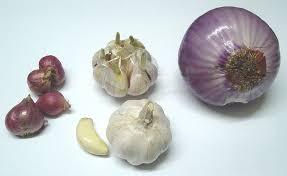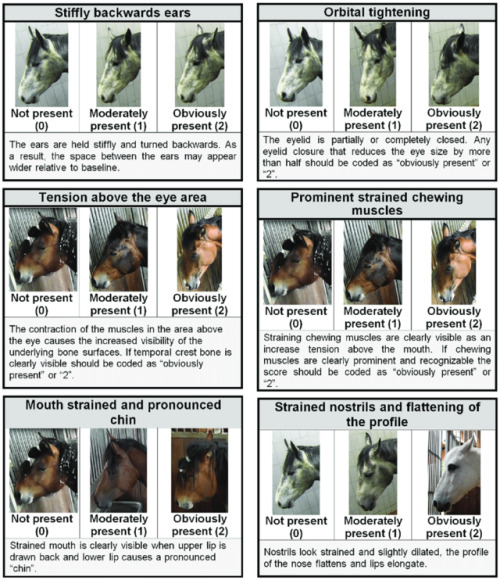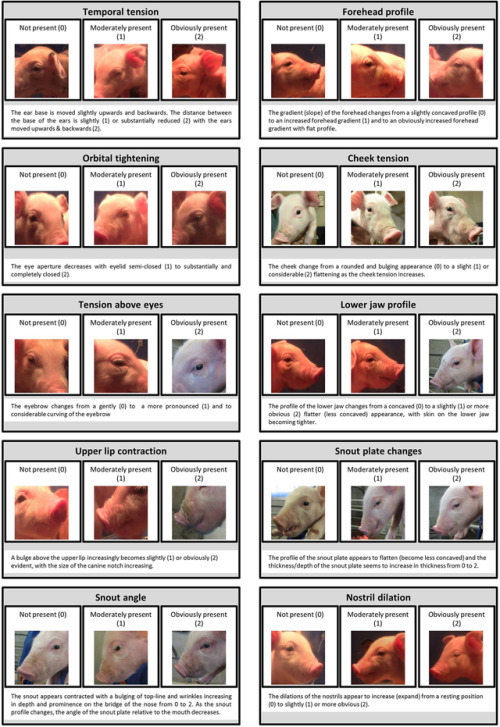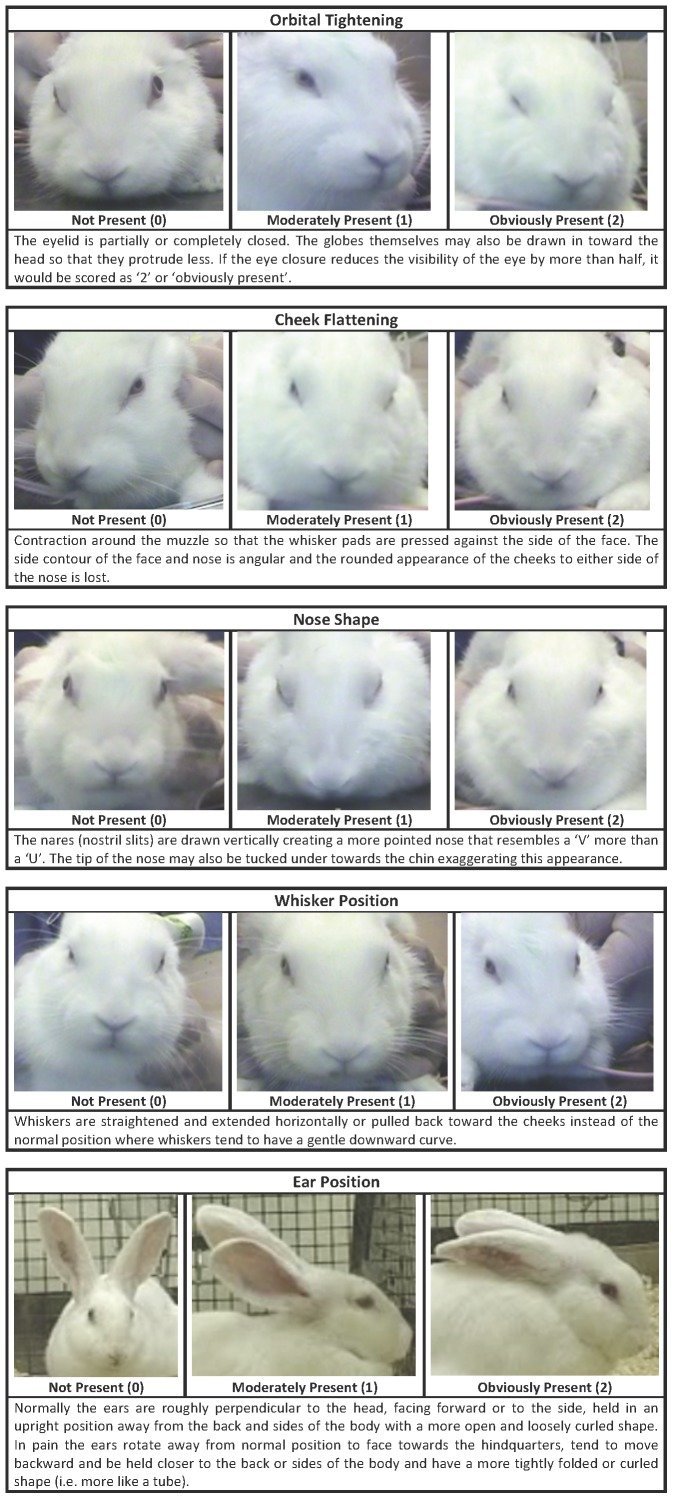WHY You Shouldn’t Feed These 10 Foods To Your Dog
WHY you shouldn’t feed these 10 foods to your dog
Dogs might think they’re human, but their physiology is not like ours. Humans might eat a wide variety of foods with little concern, but there are some very common human foods which you should not feed to your canine companion. You’ve probably seen the foods on this list before, but this is WHY these foods should not be fed to dogs.

Chocolate, Theobromine and Caffeine:
Everybody’s heard that chocolate is bad for dogs, and it’s true. Chocolate contains a compound called Theobromine. Theobromine is a type of compound called a methylxanthine, and another methylxanthine you might be more familiar with is caffeine. We know quite a lot about these compounds, as humans use them both medicinally and recreationally. The long version is that they all inhibit phosphodiesterase and antagonise adenosine receptors. The short version is that they increase muscle activity, including the heart, and stimulate the central nervous system.
This presents as dogs that have fast and irregular heart rates, high body temperatures and increased muscle activity that can progress to seizures.
It takes a reasonable amount of chocolate to poison a dog. One M&M isn’t going to do it. For a 35kg dog it’s going to take at least 3500mg of theobromine, which is about 5kg of typical milk chocolate. But only 1.2kg of dark chocolate or 600g of cooking chocolate, which is possible.
A 10kg dog needs much less. 1.5kg of milk chocolate would do it, which is only about 3 large Easter Bunnies, or 300g of dark chocolate, which is one packet from the cooking isle.
Chocolate is super tasty, dogs will absolutely gorge themselves on all chocolate available, so it’s not too difficult to poison smaller dogs with it.
And even if you get the dog through the toxicity, the high fat content of chocolate can go on to cause other gastrointestinal problems.

Onions & Garlic:
Yes, I said onions AND garlic. All allium species contain the same potentially toxic compounds, whether raw or cooked. That goes for spring onions too, it’s just really difficult to convince a dog to eat enough of them to be poisoned. These plants cause a Heinz body anaemia by inducing oxidative damage to the surface of the red blood cells, and for some reason breeds of Japanese origin like the Akita and Shiba Inu seem particularly prone to this toxicity.
It usually takes 10 to 15g per kg of body weight to poison a dog, but those breeds can be affected by as little as 5g per kilo. So for a big, 35kg dog, that’s about three medium sized onions.
Poisoning can happen all in one go, or it can happen by eating small amounts over a longer period of time, which is why it’s infuriating to see garlic being suggested as a natural remedy for things.
Bad cases will have to be treated with a blood transfusion as there is no direct antidote. And for interest, there are other things that can cause Heinz body anaemia too, like zinc.
Keep reading
More Posts from Thejoyofscience and Others



the himalayan monal is a large member of the pheasant family found in parts of asia. while during the breeding season they mainly stay in pairs, in winter they form small communities and roost together. they feed on grasses, insects, seeds and berries. they are known for their vivid iridescent plumage, particularly colorful for a pheasant. x
My best friend is defending next month, and he has decided to dedicate his thesis to his son and daughter (who are cats) and to his godson (who is my cat). I will never be sad again. This has cured all that ails.

Went out to a vernal pool today and saw some crazy toad action









Recognising silent acute pain in animals - assorted species grimace scales:
Development of the Horse Grimace Scale (HGS) as a Pain Assessment Tool in Horses Undergoing Routine Castration
The composition and initial evaluation of a grimace scale in ferrets after surgical implantation of a telemetry probe
The Assessment of Facial Expressions in Piglets Undergoing Tail Docking and Castration: Toward the Development of the Piglet Grimace Scale
The Sheep Grimace Scale as an indicator of post-operative distress and pain in laboratory sheep and the Coding and quantification of a facial expression for pain in lambs
Mouse - How to be a pain management advocate for exotic and zoo animals (full text available - includes additional species)
The Rat Grimace Scale: A partially automated method for quantifying pain in the laboratory rat via facial expressions
Evaluation of EMLA Cream for Preventing Pain during Tattooing of Rabbits: Changes in Physiological, Behavioural and Facial Expression Responses
Pain evaluation in dairy cattle
Pain is subtle - we cannot depend on vocalisations or extreme abnormal behaviour to determine if an animal is on pain - animals can cover up pain while going about their daily life. Grimace scales have been found to be reliable indicators of pain (full text available)
Unfortunately, I could not find a clear visual grimace scale for dogs, cats or birds :(
Which is a shame, because perhaps I could have recognised my own dog’s discomfort for the acute pain it was sooner:

(left: dog in pain. See eyes, tension, cheeks, whiskers, ears compared to the multiple species grimace charts above. right: tired but not in pain dog)
Perhaps my new books that arrived today might have some on dogs at least. There’s this visual blog post of a stressed dog at the vet - stress in the absence of a trigger looks very much like pain.
Here is a small comparative cats, with the link going into more detail. Not a scale but better than nothing:


Bonus round - you can get free A3 posters on recognising pain for Rabbits, Mice and Rats from the National Centre for the Replacement, Refinement and Reduction of Animals in Research. My rabbit specialist vet has the rabbit one!
Contest Entries: Hypatia of Alexandria

My favorite Female Scientist by Drziggystardust
Mathematician, philosopher, astronomer- Mostly known for her work in mathematics because she is the first well documented woman in the field. Her life and work were so important that many scholars agree that her brutal murder by religious zealots marks the end of the Classical Antiquity era, at the very least her death marked the downfall of intellectual life in Alexandria.

Thumbs Up For Science
The cover of the legendary journal Nature from February 1879, featuring this thumb microscope, yours for the low, low price of three pounds.
(via Ptak Science Books, which you should really check out)
I just read that bees don't have lungs how do their respiratory system works??
Correct. Insects do not have lungs they breathe through spiracles (tiny openings) that can open and close, as well as having filters to keep dust and other external contaminants out.

The spiracles run across their abdomen connecting to tracheae which is where oxygen exchange takes place (In mammals this happens in the blood), that then connect to tracheole. The air sacs expand and collapse so force the air in the spiracles and into the trachea and almost function in that they can reserve air in them so insects can conserve water.

Honey bees have 10 pairs of spiracles, 3 pairs on the thorax and 7 pairs on the abdomen. Bees can use and accelerate the passage of air in their bodies via their air sacs, contacting them and increasing their respiration rate.
This adaptive function of their respiratory system actually helps them to fly and the first few spiracles are used for air to exit while the others for air entering, they also have valves to prevent backflow. This also allows the bee to cool down or heat up if it needs to, which is why you’ll see bees abdomens wiggling while they’re resting. They’re forcing air in and out of their bodies in order to rapidly cool down or heat up, which is important for flight.


My blog is a private thing that is open to everyone in the world except to the people I know in real life.
-
 winterskorn liked this · 2 years ago
winterskorn liked this · 2 years ago -
 dopesuitcasehumandiplomat liked this · 2 years ago
dopesuitcasehumandiplomat liked this · 2 years ago -
 amethystmonarch reblogged this · 2 years ago
amethystmonarch reblogged this · 2 years ago -
 amethystmonarch liked this · 2 years ago
amethystmonarch liked this · 2 years ago -
 lago-morpha liked this · 2 years ago
lago-morpha liked this · 2 years ago -
 rufuslupislupis liked this · 3 years ago
rufuslupislupis liked this · 3 years ago -
 staypaws-itive reblogged this · 3 years ago
staypaws-itive reblogged this · 3 years ago -
 staypaws-itive liked this · 3 years ago
staypaws-itive liked this · 3 years ago -
 n0vathesad liked this · 3 years ago
n0vathesad liked this · 3 years ago -
 clashofdemonesense reblogged this · 3 years ago
clashofdemonesense reblogged this · 3 years ago -
 clashofdemonesense liked this · 3 years ago
clashofdemonesense liked this · 3 years ago -
 gothic-ivory liked this · 3 years ago
gothic-ivory liked this · 3 years ago -
 flitterfox reblogged this · 3 years ago
flitterfox reblogged this · 3 years ago -
 flitterfox liked this · 3 years ago
flitterfox liked this · 3 years ago -
 gloryfalling reblogged this · 3 years ago
gloryfalling reblogged this · 3 years ago -
 the-k-meme-dream-team liked this · 4 years ago
the-k-meme-dream-team liked this · 4 years ago -
 emistar070 reblogged this · 4 years ago
emistar070 reblogged this · 4 years ago -
 emistar070 liked this · 4 years ago
emistar070 liked this · 4 years ago -
 pravum-vulpes-umbra-imperatrix reblogged this · 4 years ago
pravum-vulpes-umbra-imperatrix reblogged this · 4 years ago -
 captainishani reblogged this · 4 years ago
captainishani reblogged this · 4 years ago -
 captainishani liked this · 4 years ago
captainishani liked this · 4 years ago -
 ahni-animalia reblogged this · 4 years ago
ahni-animalia reblogged this · 4 years ago -
 spacewalkerflower liked this · 4 years ago
spacewalkerflower liked this · 4 years ago -
 starryvibed liked this · 4 years ago
starryvibed liked this · 4 years ago -
 northerndogs liked this · 4 years ago
northerndogs liked this · 4 years ago -
 technospaceviking liked this · 4 years ago
technospaceviking liked this · 4 years ago -
 starryoak liked this · 5 years ago
starryoak liked this · 5 years ago -
 liminalhat reblogged this · 5 years ago
liminalhat reblogged this · 5 years ago -
 tea-zilla reblogged this · 5 years ago
tea-zilla reblogged this · 5 years ago -
 sleepyflameygoblin reblogged this · 5 years ago
sleepyflameygoblin reblogged this · 5 years ago -
 queers-cats-and-arson reblogged this · 5 years ago
queers-cats-and-arson reblogged this · 5 years ago -
 madbunnycoconut liked this · 5 years ago
madbunnycoconut liked this · 5 years ago -
 youngbookcollector reblogged this · 5 years ago
youngbookcollector reblogged this · 5 years ago -
 youngbookcollector liked this · 5 years ago
youngbookcollector liked this · 5 years ago -
 beholdmystuffandstuff reblogged this · 5 years ago
beholdmystuffandstuff reblogged this · 5 years ago -
 nudipa liked this · 5 years ago
nudipa liked this · 5 years ago -
 booksandpages reblogged this · 5 years ago
booksandpages reblogged this · 5 years ago -
 protofeather reblogged this · 5 years ago
protofeather reblogged this · 5 years ago -
 smolfroglesbian reblogged this · 5 years ago
smolfroglesbian reblogged this · 5 years ago -
 architectureteam reblogged this · 5 years ago
architectureteam reblogged this · 5 years ago -
 rebelsalamander liked this · 5 years ago
rebelsalamander liked this · 5 years ago -
 we-are-vampires-not-magicians liked this · 5 years ago
we-are-vampires-not-magicians liked this · 5 years ago -
 mutecrows liked this · 5 years ago
mutecrows liked this · 5 years ago -
 btw-it-also-travels-in-time reblogged this · 5 years ago
btw-it-also-travels-in-time reblogged this · 5 years ago
An assortment of scientific things from the wonderful world of biology
77 posts
